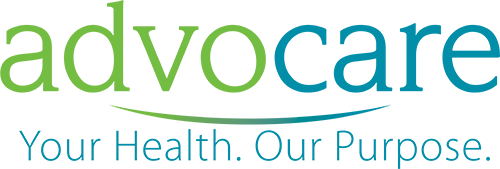Healthy Kids, Happy Kids
Toilet Training
Common Concerns
The definition of true toilet training means that your child is able to go to the bathroom, take his pants off, eliminate in the toilet and put his pants back on without any assistance.
Toilet training cannot occur until your child is ready. This means your child understands the vocabulary, knows what the toilet is used for, prefers to be clean and dry, recognizes the physical signals of bladder fullness and bowel urge, and he can delay these urges until arrival at the toilet.
There is enormous variability in the timing of successful toilet training. Children are trained any time from 2 - 3 1/2 years of age.
There are three things needed to be potty-trained:
- Sphincter control. Usually occurs around age two.
- Language. The child needs to be able to express self and communicate need to use the potty.
- Desire. The child must want to use the potty and this is most likely to be absent.
The best advice is to take your cues from your child.
List of Services
-
Appearance of NewbornsAppearance of Newborns Appearance of Newborns
-
Bathing Your BabyBathing Your Baby Bathing Your Baby
-
Bowel Movements in InfantsBowel Movements in Infants Bowel Movements in Infants
-
Care of Newborn's PenisCare of Newborn's Penis Care of Newborn's Penis
-
Care of Newborn's VaginaCare of Newborn's Vagina Care of Newborn's Vagina
-
Care of the Newborn's NavelCare of the Newborn's Navel Care of the Newborn's Navel
-
Correcting Sleep Problems in InfantsCorrecting Sleep Problems in Infants Correcting Sleep Problems in Infants
-
Cradle Cap (seborrheic dermatitis)Cradle Cap (seborrheic dermatitis) Cradle Cap (seborrheic dermatitis)
-
Crying in InfantsCrying in Infants Crying in Infants
-
Diaper RashDiaper Rash Diaper Rash
-
Fussy Spells in InfantsFussy Spells in Infants Fussy Spells in Infants
-
Sleep ProblemsSleep Problems Sleep Problems
-
Sneezing, Noisy Breathing, & SpittingSneezing, Noisy Breathing, & Spitting Sneezing, Noisy Breathing, & Spitting
-
TeethingTeething Teething

